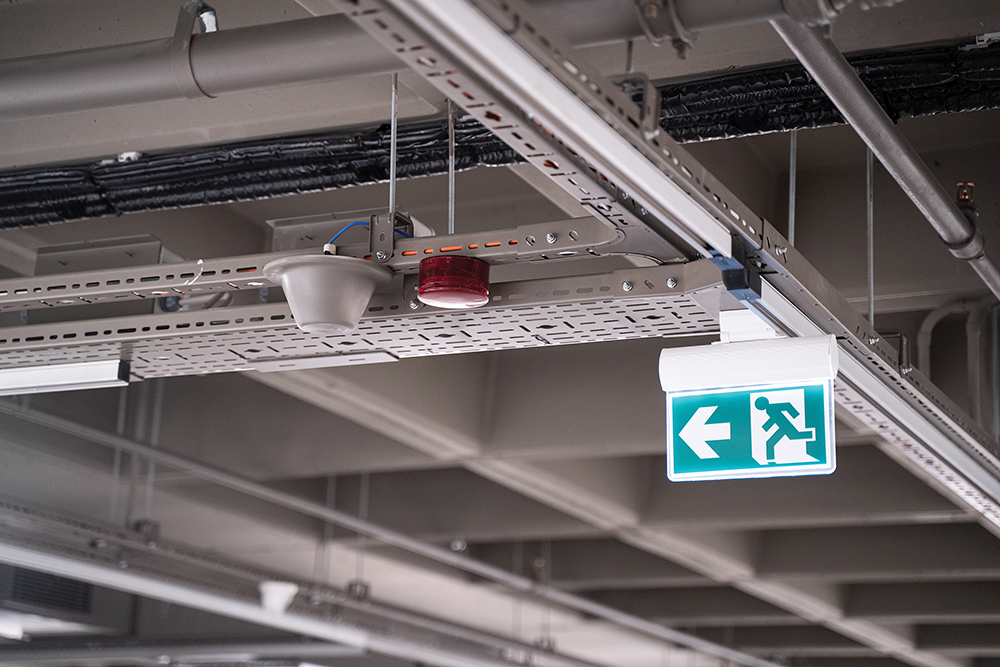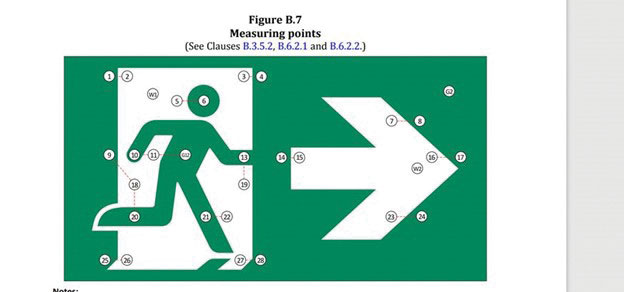OBIEC! What is it about, why did it appear on radar of the Canadian electrical safety practitioners, and how is it intended to be dealt with by the electrical industry?
So, let’s explore this mysterious abbreviation step-by-step.
OBIEC stands for Objective-Based Industrial Electrical Code. This entity is a brainchild of a group of industrial users who felt that the safety criteria mandated by the prescriptive provisions of the Canadian Electrical Code (CE Code), Part I, could be accomplished by fundamental safety principles that incorporate means for the safety of persons, livestock and property against hazards that might arise in a reasonable use of electrical installations.
These fundamental principles are intended to include protection against electric shock by direct and indirect contact with live parts of electrical installations, protection against thermal effects of electric arc and protection against faults, overcurrents, and overvoltages.
These sophisticated industrial users (mainly consisting of electrical experts operating in the oil industry) have approached the CSA management with a request to develop (via a well-established CSA consensus process) a unique document which will introduce such fundamental safety principles and will also provide examples of acceptable solutions that could accommodate the safety objective. It is intended by these stakeholders that provisions of the IEC Standard 60364, Electrical Installations of Buildings, or requirements of the CE Code, or other applicable prescriptive codes or standards, could be utilized as means for such acceptable solutions.
It is intended by the proponents of this document that the newly developed OBIEC (when the development is completed) will be permitted for use only in conjunction with a special safety administration protocol, equivalent standards agreement, or with other alternative dedicated safety management system or process that would be accepted by the local electrical inspections authorities with responsibilities for administration of Electrical Safety Acts and Regulations in their respective jurisdiction.
It is also intended by the OBIEC proponents that in order for this alternative safety management program or process to be accepted by the electrical safety regulators, the user would have to demonstrate to the inspections authority how their proposed safety management program or process will provide the necessary knowledge, ability and qualification for design, installation, maintenance and operation of a complete electrical installation.
The user would have to demonstrate a commitment to meeting electrical safety provisions already adopted and enforced by that regulatory body (safety requirements based on compliance with the CE Code), by applying this alternative “”objective-based”” safety criteria. The user would also have to demonstrate to the inspections authority ability to evaluate, verify and enforce compliance with the intent of prescriptive rules of the CE Code by applying this new alternative objective-based safety approach.
These latter conditions mean that electrical safety regulators would not be engaged in inspections of installations undertaken in accordance with the objective-based safety criteria of OBIEC. Electrical inspectors, however, would have to be involved in auditing the user in their commitment and ability to meet all aspects of the alternative safety management system provided that such alternative system is accepted by them for use with the OBIEC.
The logic of this approach by the inspections bodies is understandable. Electrical regulators are well trained on all aspects of the CE Code. They adopt the CE Code for enforcement in their jurisdictions, issue permits for electrical installations based on the drawings and specifications done in conformance with the CE Code, and they provide electrical inspections services as per their respective Safety Acts and Regulations.
Inspectors most likely may not be well informed on intricacies of the OBIEC, as (contrary to the CE Code) this document is not adopted for enforcement as part of their electrical safety system.
Therefore, if the electrical safety regulators choose to accept the alternative safety management approach proposed by the OBIEC user, then they would have to thoroughly audit this accepted alternative protocol under which the OBIEC user would be responsible for the electrical safety, performance and risk management of all components of the electrical system implemented with objective-based safety principles—including design, installation, commissioning/verification, maintenance and operation.
CSA Technical Committee on the OBIEC has undertaken a very ambitious program — to complete the entire project in 2006. This means that volunteers — committee members would have to develop objective safety principles of this document and introduce a variety of practical solutions that would meet these fundamental safety objectives.Members of this technical committee are also charged with development of the alternative safety management protocol (system, process or guide) that would be used in conjunction with the OBIEC.
Terms of reference have been established for operation of this technical committee, with a clear object, scope, mandate and balanced matrix.
And the Canadian electrical safety regulators are well represented on this CSA committee. So, electrical safety practitioners in Canada need not worry. Their concerns will be well addressed by the members of this technical committee. And electrical inspectors participating in the development of this unique document will also ensure that electrical safety is not compromised.
When the Objective-Based Industrial Electrical Code is ready for use, limitation on its application will be clearly spelled out by the electrical regulators for all stakeholders of electrical safety in Canada.










Find Us on Socials